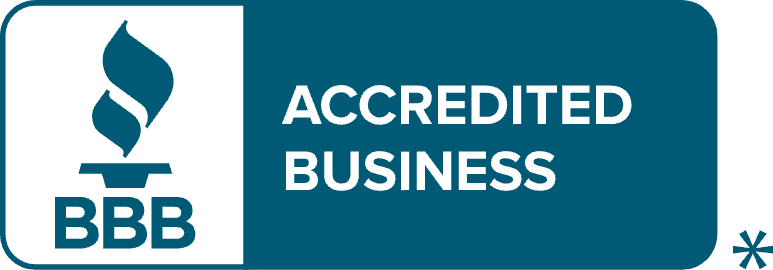Including Renewable Energy Investments in a Self-Directed IRA
Published on February 18, 2025
A self-directed IRA (SDIRA) enables savvy investors to include a broad array of alternative assets within their retirement plan. Among those are renewable energy investments, which are attractive to account owners who want to include green energy assets within their SDIRA.
What is renewable energy?
Renewable energy sources are natural sources and are considered sustainable energy because, unlike fossil fuels (gas, coal, oil), they are replenished more quickly than they are consumed. Solar, wind, geothermal, and water are all able to generate power that does not cause the greenhouse gas emissions (such as CO2) that harm our atmosphere and environment.
Fossil fuels are non-renewable because they form over hundreds of millions of years (so they cannot be replenished at the same rate as the other sources, plus they create harmful emissions when burned).
Renewable energy sources
• Solar – whether the sun is shining or not, solar energy can be harnessed and converted into electricity via solar panels for many applications.
• Wind – large wind turbines on land or offshore holds tremendous potential. According to the United Nations, the world’s technical potential for wind energy exceeds global electricity production.
• Geothermal – this form of energy production extracts heat from the Earth’s interior geothermal reservoirs.
• Water – reservoirs, rivers, and the ocean all provide sources for water-generated power.
o There are two types of hydropower plants: reservoir plants that rely on stored water in a reservoir and run-of-river plants that harness energy from available river flow. Hydropower reservoirs are used to provide drinking water, irrigation, to control floods and drought conditions, navigation, and energy supply.
o Ocean energy is still developing and uses seawater’s kinetic (wave, tidal) and thermal energy to produce heat or electricity.
• Bioenergy – this is produced from biomass derived from organic materials such as charcoal, manure, wood/forestry, or biofuel from agricultural crops. Bioenergy sources generate heat and power but burning them also creates greenhouse gas emissions, although at lower levels than fossil fuels.
Investing in renewable energy sources in a SDIRA
Increasing calls of alarm about climate change have put renewable energy in the investment spotlight. The International Energy Agency’s “Net Zero by 2025” states that investments in renewables will need to triple in the coming years to reach net-zero carbon emissions, making the green energy sector a hot investment.
While anyone can invest in renewable energy sources through stocks and bonds, or mutual funds or exchange-traded funds that include these investments in their baskets, taxpayers with self-directed IRAs can include these alternative assets as direct tax-advantaged investments in additional ways.
Here are some ways to invest in clean energy or sustainable energy sources through a SDIRA:
• Real estate investments in land on which solar farms or wind farms are located
• Private equity funding or private placement in companies that invest in renewable energy commodities (tree farms, wind or solar farms)
• Investing in companies that are developing or manufacturing technologies that support clean energy, from solar panels and wind turbines to products that improve energy efficiency or mitigate carbon emissions
Next Generation is here to help
If you’d like to learn more, contact us today.
Back to Blog


